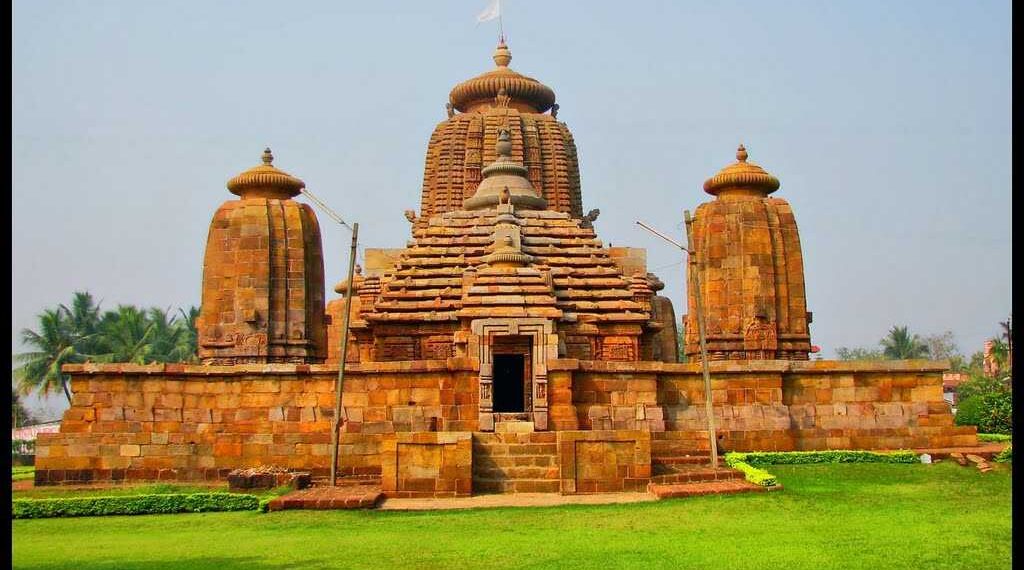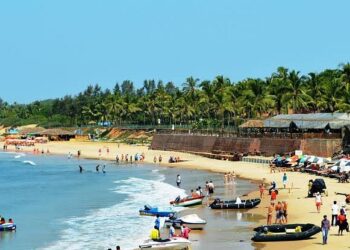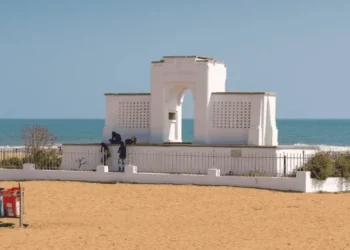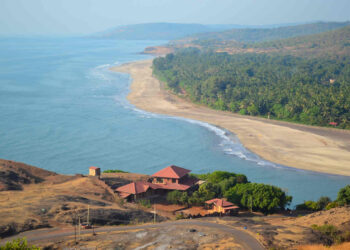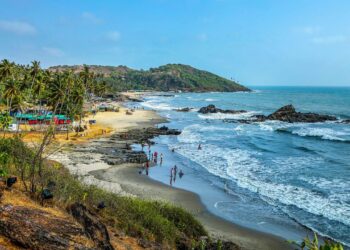Brahmeswara Temple is located in Bhubaneswar, Odisha, 3 km from the city center. Dedicated to Lord Shiva, this temple glows with Kalinga art. Its stone carvings and sacred yard draw devotees and travelers. Known for its divine peace, it is a gem among Odisha’s shrines. If you’re eager to explore this divine haven, here is a simple guide to its tales, design, rituals, and travel tips.
Fun Fact: The temple is named “Brahmeswara,” meaning “Lord of the Universe,” for Shiva’s endless power, as locals believe.
Mythological Importance
Brahmeswara carries old legends and tales. One legend says Shiva appeared as a lingam to bless a sage who prayed near a sacred tank. Another tale, from local lore, tells of King Udyota Kesari’s mother, who built the temple in the 11th century to honor Shiva’s victory over demons. Some say the lingam grants wisdom and strength. Locals believe the temple’s yard has divine power, bringing calm to hearts. This makes Brahmeswara a key Shiva shrine, tied to protection and devotion.
Historical Overview
The temple began in the 11th century, under Somavanshi kings. Bhubaneswar was a holy city, old texts say. A stone from 1050 CE near the temple marks its start, per Odisha Tourism. King Udyota Kesari built it, carvings show. In the 1400s, Ganga kings added walls, temple logs note. By the 1700s, it was a busy pilgrimage spot. In the 1800s, priests kept prayers going. After 1947, Odisha’s leaders took over. Now, the Archaeological Survey of India cares for it. From 2005 to 2015, they fixed paths but kept the old stone look. Odia saints like Sarala Das sang of Shiva here, spreading its fame. Today, it draws thousands to Bhubaneswar’s sacred land.
The temple’s past is rich. Some say it was a Shaiva center, with monks teaching Vedas, as per Incredible India. In the 1900s, British scholars studied its art, calling it a Kalinga treasure. Recent digs found seals from 1000 CE, proving its age. The temple’s link to a nearby tank, used for rituals, adds to its holy role, Travel India says.
Architecture of Brahmeswara Temple
Brahmeswara Temple, on 2 acres, shows Kalinga art in every stone. The tower, or deul, from 1050 CE, is 50 feet high. It has carvings of Shiva with a trident, Parvati with a lotus, and dancing figures, in gray sandstone. A small porch leads to the sanctum, where a 4-foot Shiva lingam sits under a stepped roof, lit by oil lamps. The sanctum’s walls, worn by time, hold etchings of Shiva’s dance, a Kalinga mark.
Small shrines for Parvati and Ganesha sit in the yard. The Parvati shrine, from 1100 CE, shows her with a lion, for strength. The Ganesha shrine, near the gate, has him with a modak, for wisdom. These shrines add to the temple’s prayers. The hall, or jagamohana, has pillars with snake and flower carvings, pure Kalinga style, per Incredible India.
In Bhubaneswar’s old town, you reach the temple by Brahmeswara road. Stone paths, worn by pilgrims, pass a tank with old steps. The temple yard, with rough stone, feels holy. Neem and mango trees give shade. The tank, fed by a spring, is for ritual baths, its edges carved with waves, a Kalinga touch. Low walls have niches for minor gods, like Kartikeya, guarding the place.
Carvings on walls show Shiva’s tales—his Nataraja dance, his calm form, his bond with Parvati—to teach faith. The tower’s curves mimic Odisha’s hills, Odisha Tourism notes. In 2015, new paths were added, but the yard stays calm, good for prayer.
Rituals and Festivals
The temple holds festivals with energy. Mahashivratri, in February or March, is biggest, honoring Shiva with water offerings and lamp walks. Shravan Maas, in July or August, has milk prayers and song nights. Deepavali, in October or November, lights lamps by the tank. Daily prayers include morning chants, offerings, and evening lamp rituals. You can book services like Rudra Homam or Shiva Archana at the temple office, ₹100-500. A stall gives free coconut sweets as prasad. On Mondays, devotees offer bilva leaves for peace.
The temple hosts Odissi dance shows in February, per Travel India, blending art and faith. These events draw locals and tourists, adding to the temple’s charm.
Information for Travelers
Hours and Entry: Open daily, 6:00 AM to 12:00 PM, then 3:00 PM to 8:00 PM. Entry is free, but rituals cost ₹100-500. Photos are fine outside, not in the sanctum.
Clothing: Wear simple clothes covering shoulders and knees. Men for rituals wear dhotis, often no shirt, as custom.
How to Get There:
Air: Biju Patnaik Airport, 6 km away, is closest. Taxis take 15 minutes, ₹200-300.
Train: Bhubaneswar Railway Station, 4 km away, connects to Kolkata (7 hours) or Delhi (24 hours). Autos cost ₹50-100.
Road: Baramunda Bus Stand, 8 km away, links to Puri (1.5 hours). Autos from city center cost ₹30-50.
Best Time to Visit:
October to March, 20-30°C, is cool. Weekdays are quiet. Mahashivratri is busy, so book early.
Nearby Attractions:
Lingaraj Temple, 2 km away, is a grand Harihara shrine.
Mukteshwar Temple, 2 km away, is a Shiva site.
Rajarani Temple, 3 km away, hosts music festivals.
Dhauli Stupa, 9 km away, is a Buddhist peace spot.
Khandagiri Caves, 8 km away, are old Jain sites.
